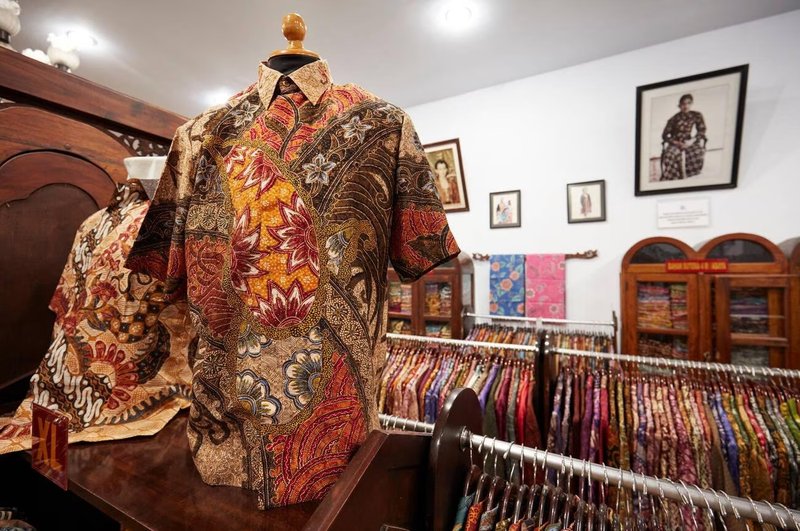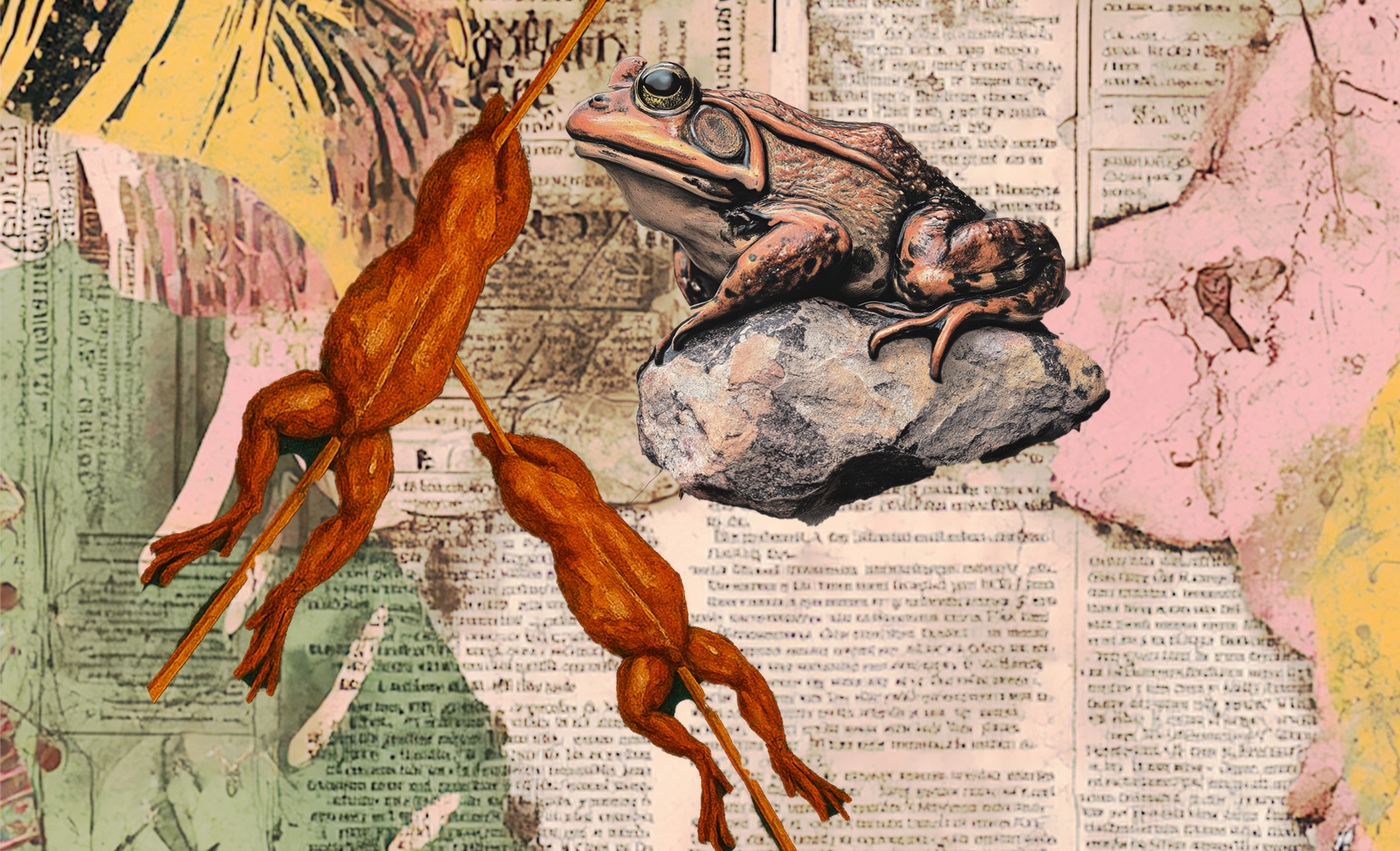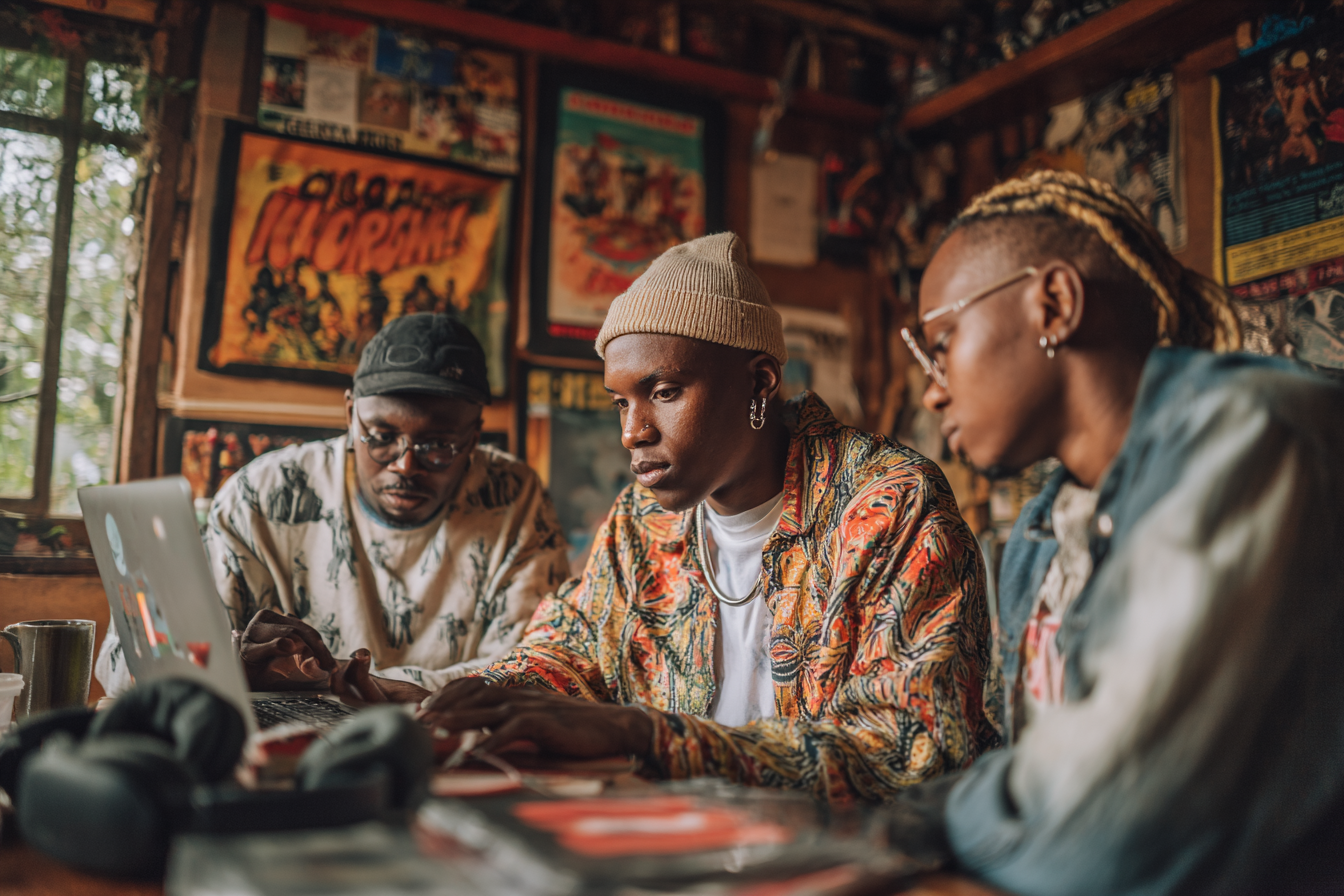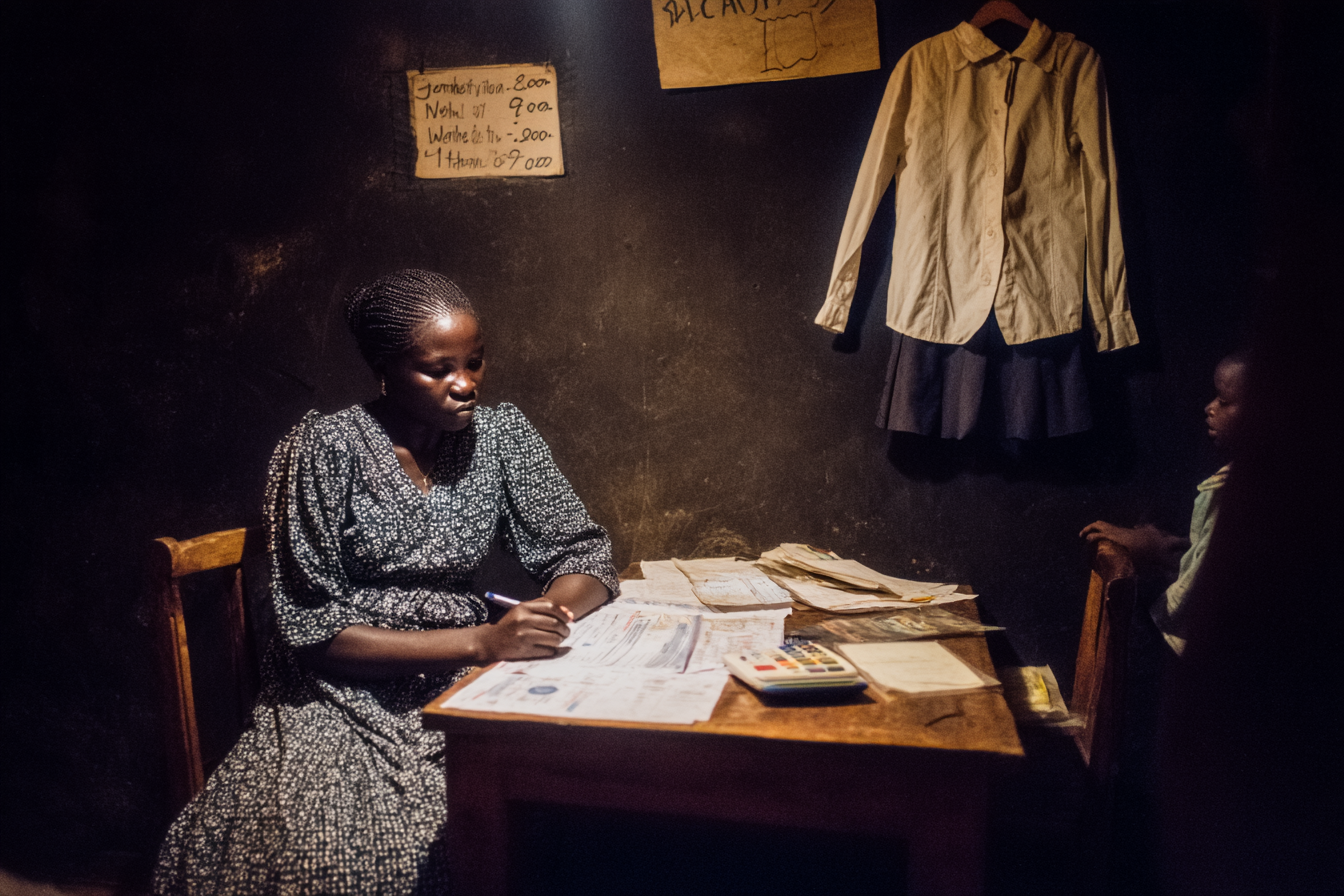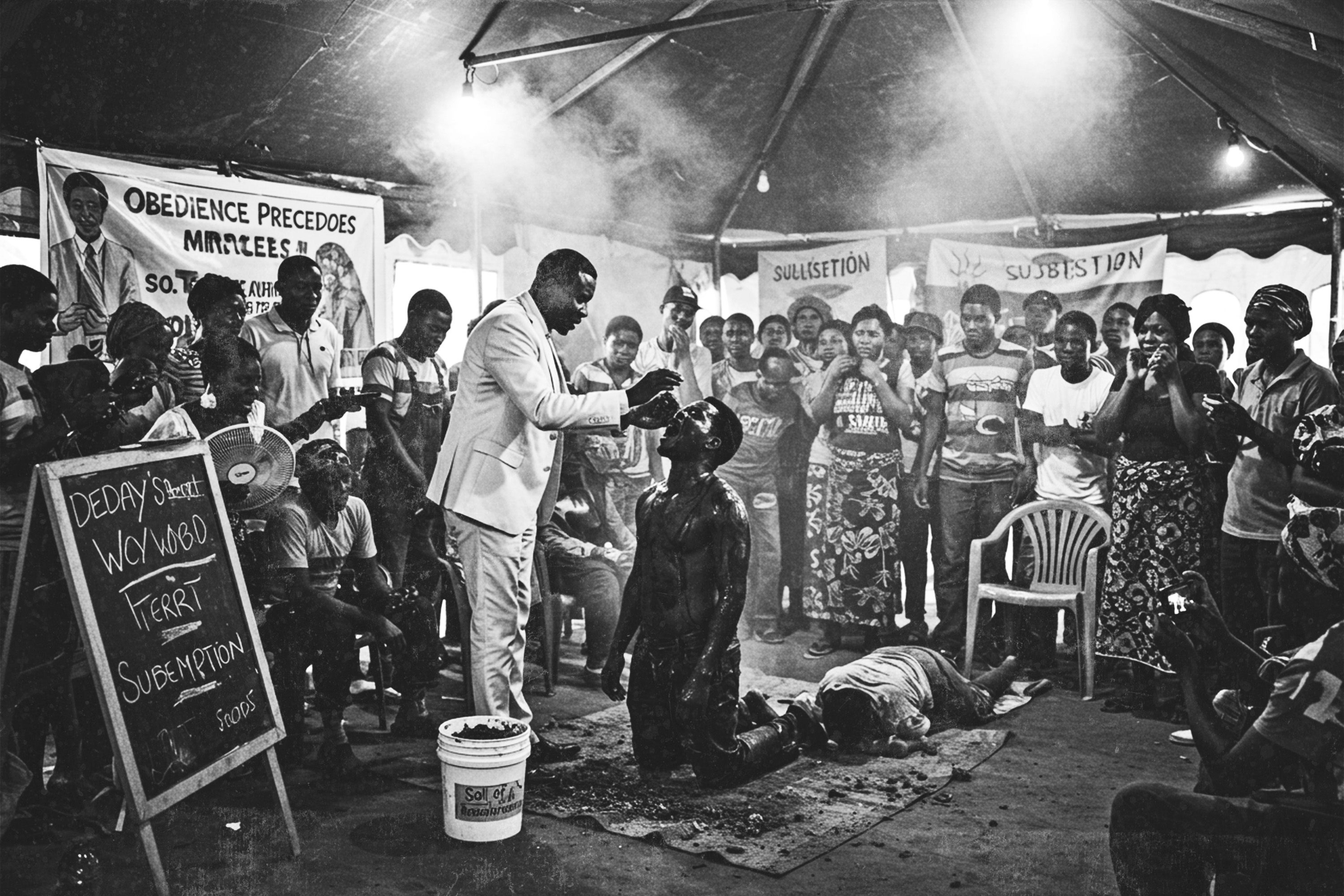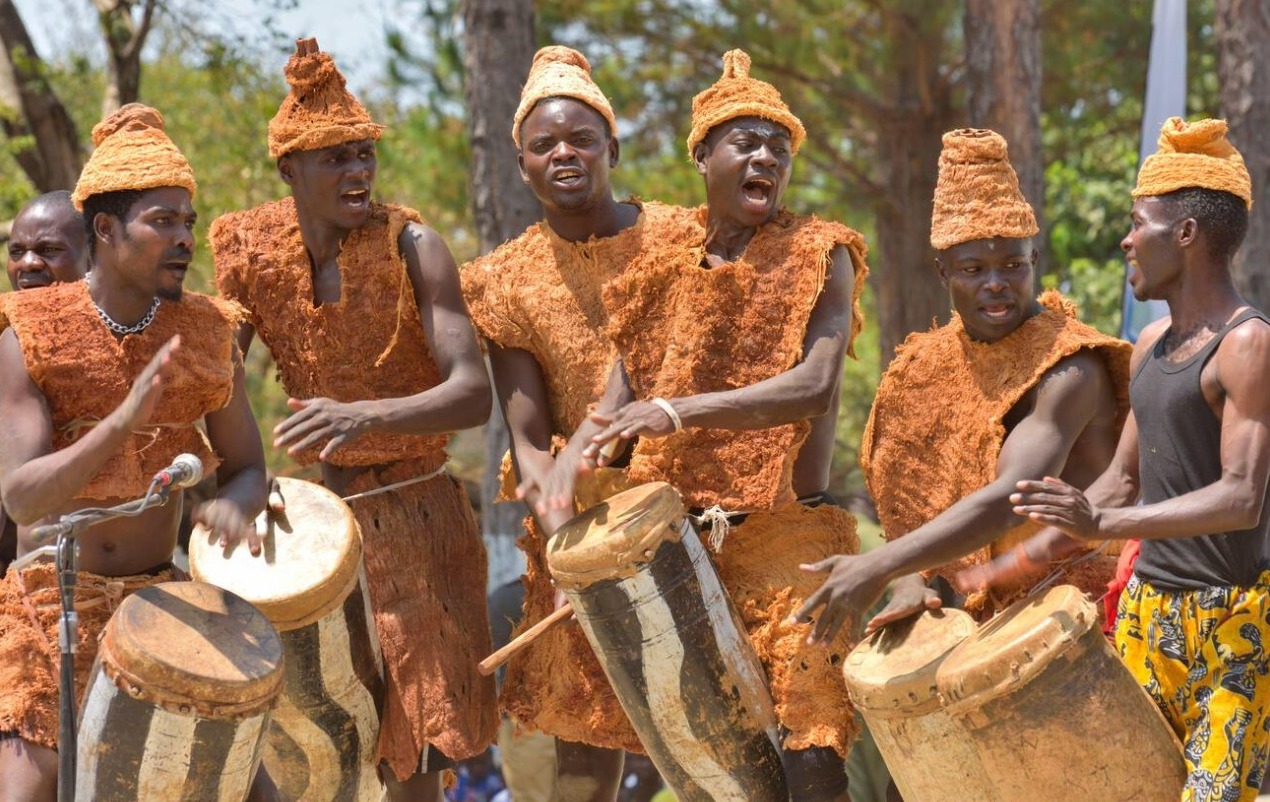African print fabric, known as chitenge, kitenge, or ankara, depending on the region, is a vibrant and significant part of African culture and fashion. Its origins trace back to the intricate batik traditions of Java, Indonesia, showcasing a fascinating journey of cultural exchange and evolution.
Origins in Java, Indonesia

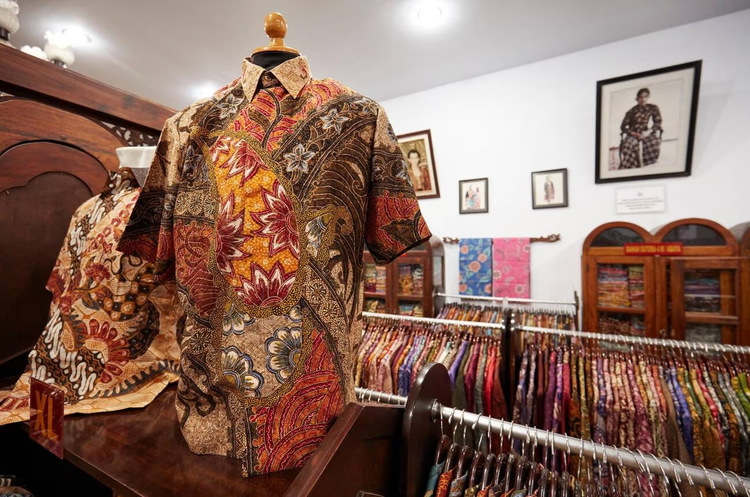
The story of African print fabric begins in the 19th century with Dutch colonialists in Indonesia. Fascinated by the intricate batik designs created by Javanese artisans, the Dutch sought to replicate these textiles for a broader market. They employed industrialised methods to produce the fabric, aiming to sell it in the Indonesian market. However, the Javanese preferred their traditional handmade batik, leading the Dutch to seek new markets for their vibrant textiles.
Additionally, West African soldiers serving in Indonesia returned home with batik fabrics. These quickly became popular, and locals began creating their designs and methods of making wax prints. At this time, the Dutch controlled colonies in Indonesia and West Africa
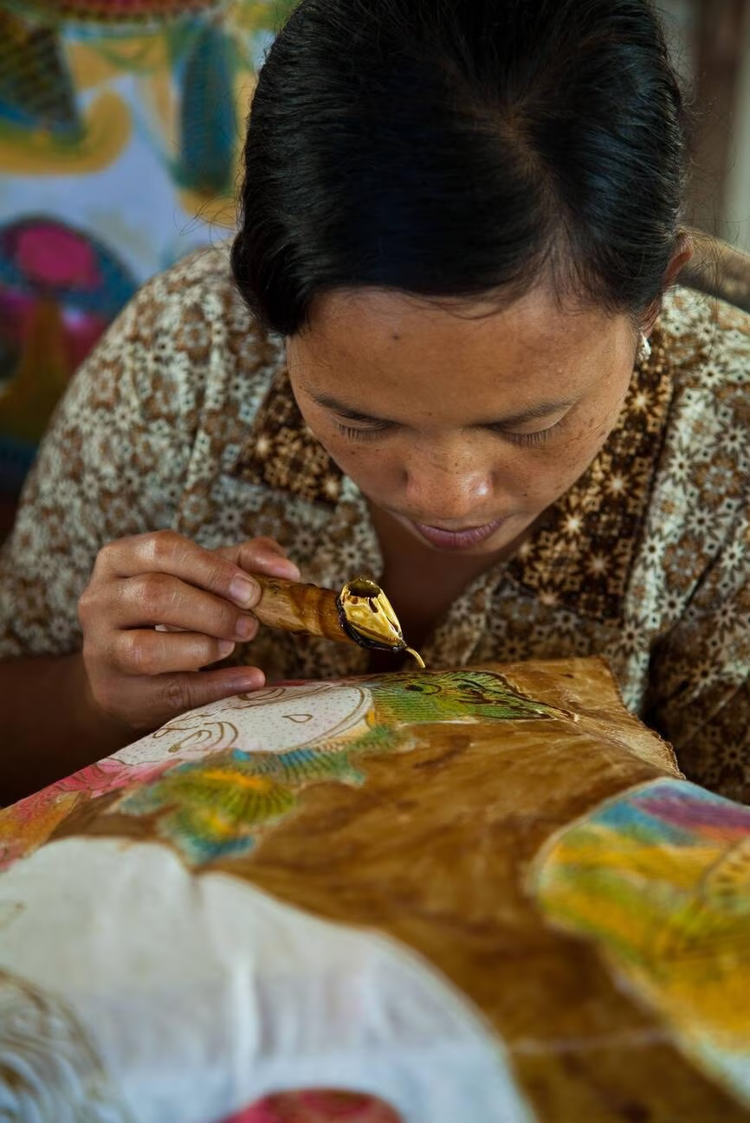
Evolution and Adoption in Africa
In their quest for new consumers, Dutch traders introduced these fabrics to West Africa, where they were met with great enthusiasm. The bold, colourful patterns resonated with African tastes and aesthetics, leading to a burgeoning market. Over time, African entrepreneurs and designers adapted these prints, infusing them with local symbols, colours, and meanings, creating a unique fusion of cultures. This evolution gave birth to what we now know as Ankara chitenge, kitenge, or simply African print fabric.
Significance in African Culture
African print fabric has become more than just a fashion statement; it is a powerful symbol of identity and heritage. Each pattern and colour combination can carry specific meanings, often reflecting social status, tribal affiliations, or cultural celebrations. For instance, certain prints are reserved for weddings, while others might be worn during mourning or festivals. However, African print clothing is also an everyday item.
Influence and Popularity
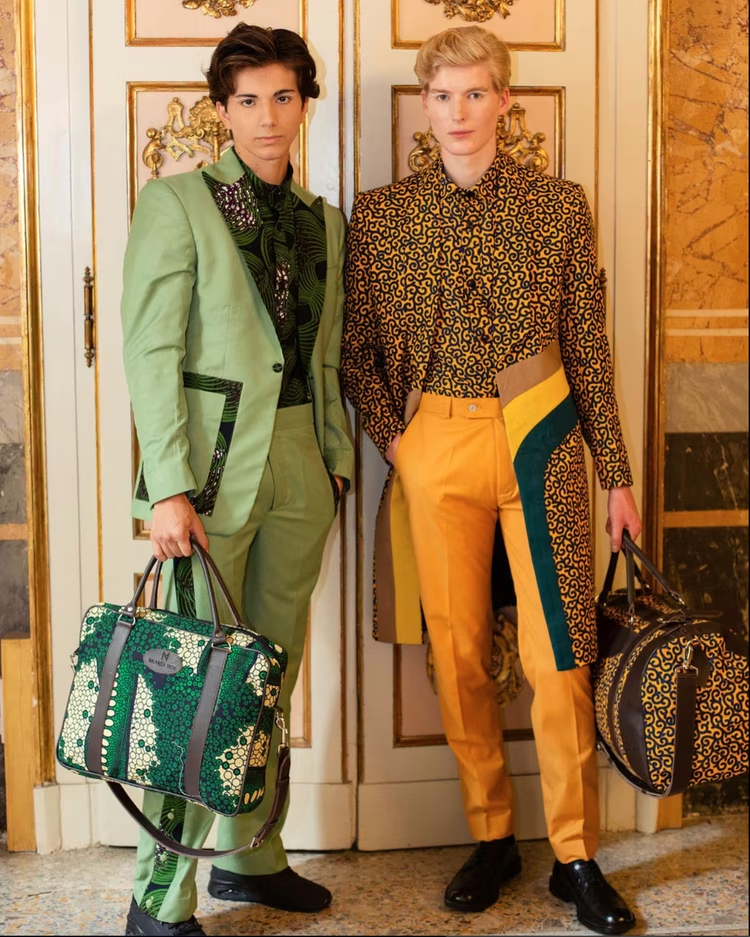
The global appeal of African print fabric has grown significantly, with numerous celebrities and fashion icons embracing these vibrant textiles. High-profile figures like Solange, Beyoncé, Rihanna, and Michelle Obama have been spotted wearing African prints, bringing them into the international fashion spotlight. Black Panther actress Angela Bassett rocked a design by Mangishi Doll to an awards ceremony in Los Angeles, further shining a light on African prints and designs.
On the other hand, Nelson Mandela popularised batik shirts as he was often seen donning them at public events. Batik shirts were even given the moniker of Madiba shirts, Madiba being Mandela’s middle name. Mandela's first batik shirt was given to him by then-Indonesian President Suharto in 1990.
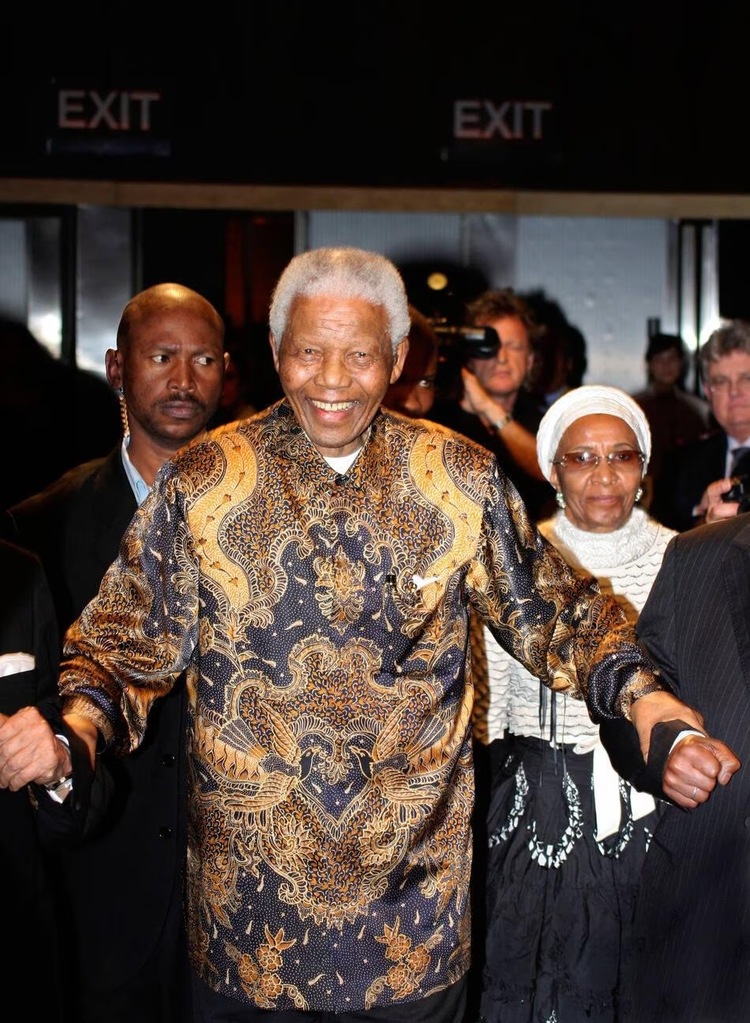
Legacy and Future
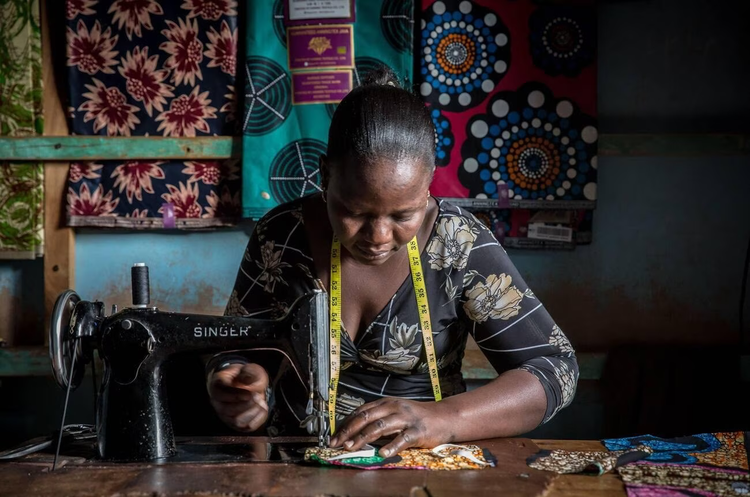
The legacy of African print fabric is one of resilience and creativity. It represents a successful blend of traditional and modern, local and global influences. The continued popularity of these prints highlights the enduring appeal and adaptability of African creativity.
Looking forward, the future of African print fabric is bright. There is a growing movement towards sustainable and ethically produced textiles, with many African designers leading the charge. These fabrics are not only a source of pride but also a testament to the ingenuity and cultural richness of the African continent.
From its beginnings in the batik traditions of Java to its prominent place in contemporary fashion, African print fabric embodies innovation, a rich history, and a rich culture. It stands as a vibrant example of African creativity and a symbol of cultural pride, weaving a story that spans continents and generations.
For those inspired by the beauty and history of African prints, delving deeper into their origins and significance can provide a greater appreciation of these unique and powerful textiles, whether worn as a fashion statement or cherished as a cultural artefact. African print fabric inspires and captivates audiences worldwide.

